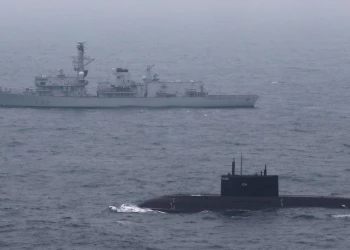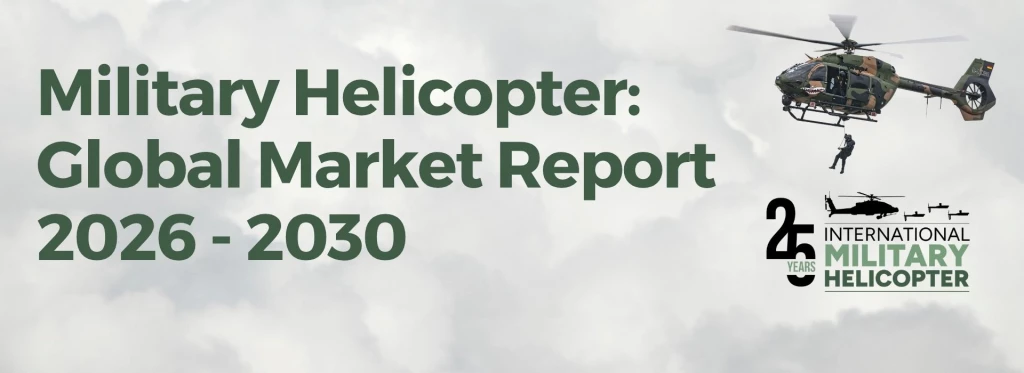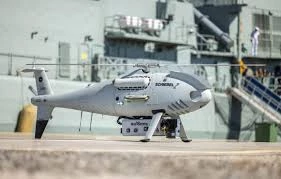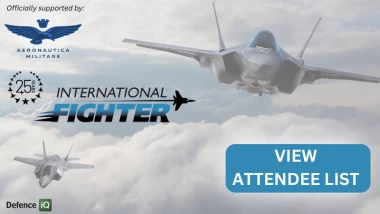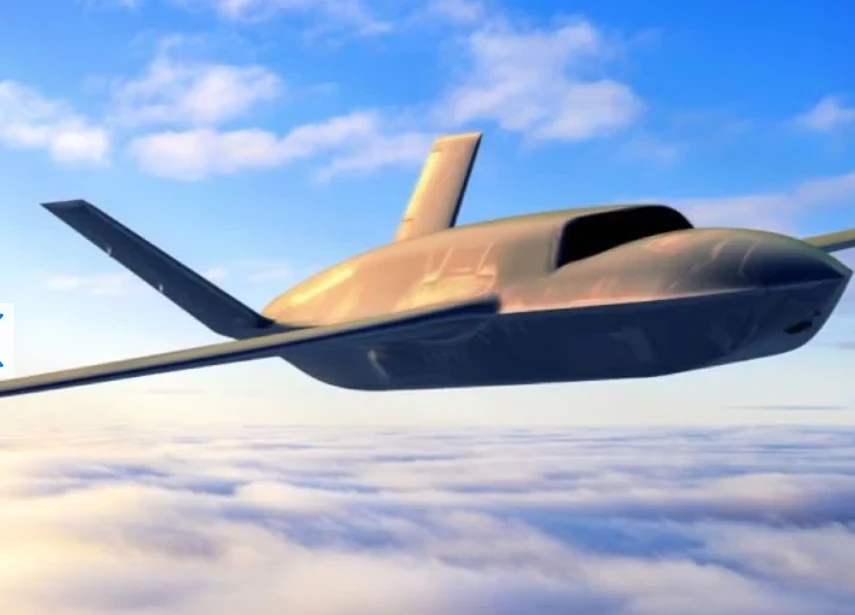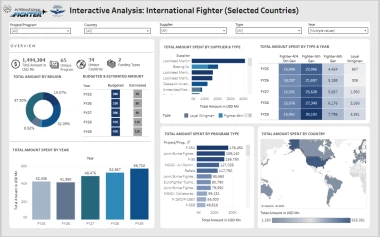Nepal planning to acquire 'latest' Army Aviation technology for 2023
Add bookmarkThis coming January's International Military Helicopter conference will welcome a brief from the Nepalese Army for the first time ever. Ahead of the event, Lieutenant General Baldev Raj Mahat, Chief of the General Staff of the Nepalese Army, told Defence IQ about the country's plans to modernize its air assets in order to deal with a sharp diversity of environmental challenges...
“Nepal is a mountainous country with a dramatic altitude and temperature variation that is just within 80 NM, ranging from 60m to 8800m above mean sea level," Mahat said. "Due to its geographical diversity, a helicopter has a unique role in both civilian and military sector. The utmost requirement is hot and high performance. Our priority is based on our geography, temperature, altitude and the nature of military operations.
"Presently, our helicopter fleet is composed of light single engine and medium multiengine helicopters. Light single engines are used in high mountain SAR, while medium multiengines are used in troop deployment, logistics and other operational requirements. Nepal’s Army is very renowned for its air operations throughout the country. From insurgency combat operations to the disaster response of our last great earthquake in 2015, army aviation has left an indelible mark on its operational duties.
"The Nepalese Army is currently analysing the long-term plan for the modernisation of its equipment, including aviation. We are planning to auction or phase out the old air assets and acquire the latest technology and platform variants for Army Aviation needs. For the last two years, we have been procuring air assets towards a planned total of 30 aircraft by 2023. The service faced a shortage of number of its air assets during the last earthquake, particularly when it comes to High Availability Disaster Recovery (HADR). The plan is basically based on the Special equipment table and Operational equipment table.
"So our main challenge is that the number of air assets is low. Adding to this number will increase the airlifting capability of our troops. Army aviation is based at the capital city and the reach of the army aviation units is not ideal in terms of both the distance and the geographical diversity. In order to render the air service effectively and efficiently, we’re aiming to expand our air bases for enhanced reach and to make the air operations capability economically practical.
"While low in number, our Army has a diverse aviation fleet. A ‘uniformity in diversity’ is the goal of our macro plan. The idea is to place helicopters in three categories each – Heavy, Medium and Light. Similarly, fixed-wing aircraft will be grouped in two categories – Heavy/Medium and STOL. The heavy/medium airplanes will be used as strategic airlifters within our national context, which will connect the Main Operating Base (MOB) and Forward Operating Base (FOB). The STOL airplanes and heavy/medium helicopters will connect the FOB to the Hub and medium/small helicopters will connect Hub to Spokes.
"This uniformity and categorisation effort, with their dedicated duties, will soundly standardise operations and maintenance. The focus has very much been on cost-effectiveness and we are of course looking for an optimal operating cost. Our areas of interest are customised Maintenance Support and Training Services.
"While we have not focused on any specific company, our current interest remains on products that have hot and high performance and specific details regarding each category of airplanes and helicopters, which we have outlined in our global tenders.
"The International Military Helicopter conference is an event supported by the Nepalese Army. To my knowledge, this is the first time the Nepalese Army is attending. Obviously, as a military helicopter operator based within the Himalayas, it is no exaggeration to say that we are operating against adverse weather, challenging terrain and extreme performance demands. Our participation is more than justified. We hope to share our experiences and acquire more knowledge on technology, development, techniques, practices, best practices, trends and the innovations in aviation.”
For the full e-book Military Helicopter: International Challenges - featuring insight from Nepal, France, the USA, NATO, and more - download the PDF from the conference website.
[inlinead]

